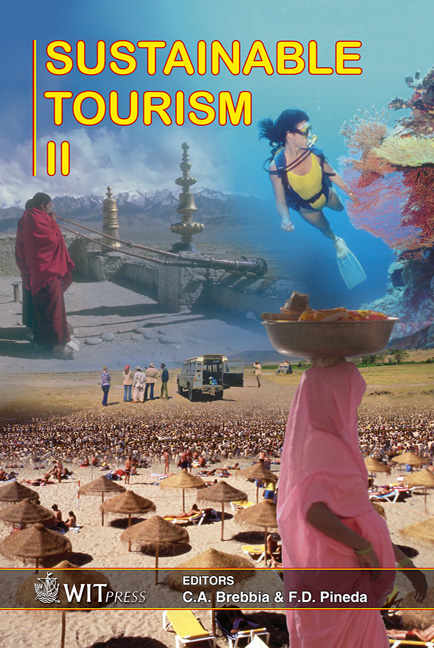Managing Visitor Impacts In The Australian Alps: A Case Study In Informal Track Development And Track Recovery
Price
Free (open access)
Transaction
Volume
97
Pages
10
Published
2006
Size
264 kb
Paper DOI
10.2495/ST060101
Copyright
WIT Press
Author(s)
P. Scherrer & A. Growcock
Abstract
Visitation to protected areas is increasing worldwide, causing increasing pressures on areas that are often principally conserved for their natural and cultural heritage values. The Australian Alps have been no exception with a continuing increase occurring over the last 25 years. Visitation to the Kosciuszko Summit Area (Australia’s highest mountain) in Kosciuszko National Park, for example, has increased from an estimated 20 000 visits per annum in the late 1970s to over 100 000 per annum by the year 2000. The most common activity of these visitors is walking from one of two main park entrance points to key landmarks within the area. While hardened areas can contain some of the impacts of these visitors, damage from off-track walking can rapidly occur and is slow to recover in this alpine environment. This paper presents a case study from the Kosciuszko Summit Area on track development and recovery in tall alpine herbfields, the area’s dominant vegetation community. Results from experimental off-track walking studies demonstrate that longer-term damage can occur after only moderate usage levels (as little as 200 passes). Results from a study on a closed walking track in the area further provide examples of the slow recovery of the vegetation and soils once damage has occurred, with significant differences from undisturbed conditions remaining evident for vegetation cover, soil nutrients and species composition 20 years after track closure. Locally appropriate solutions are required to ensure that a sustainable level of tourism and visitor use can continue to occur in the area. The use of proactive management tools is discussed with regard to a damage prevention/minimisation approach. Keywords: track recovery, visitor impacts, Australian Alps, protected area management, trampling.
Keywords
track recovery, visitor impacts, Australian Alps, protected area management, trampling.





